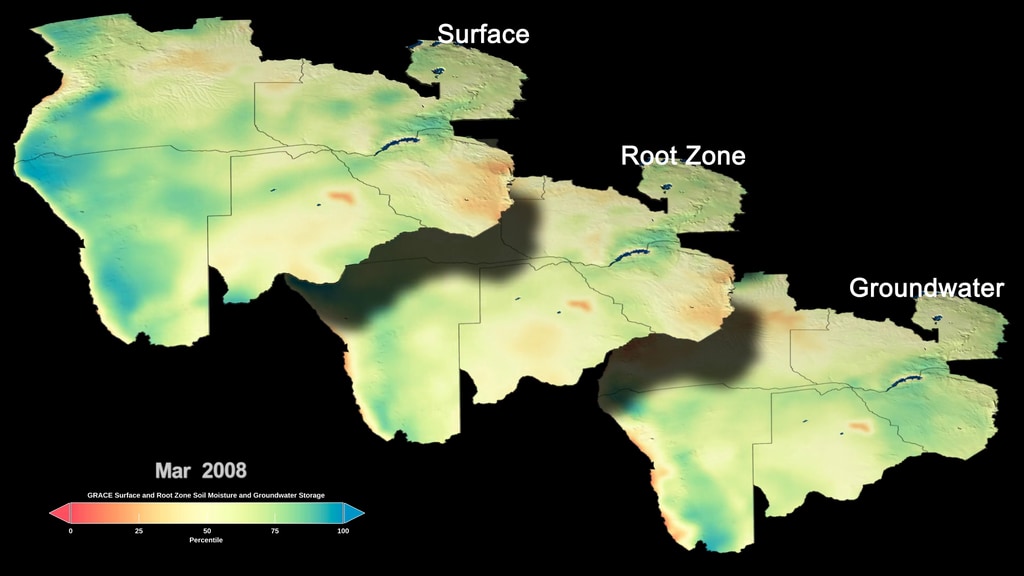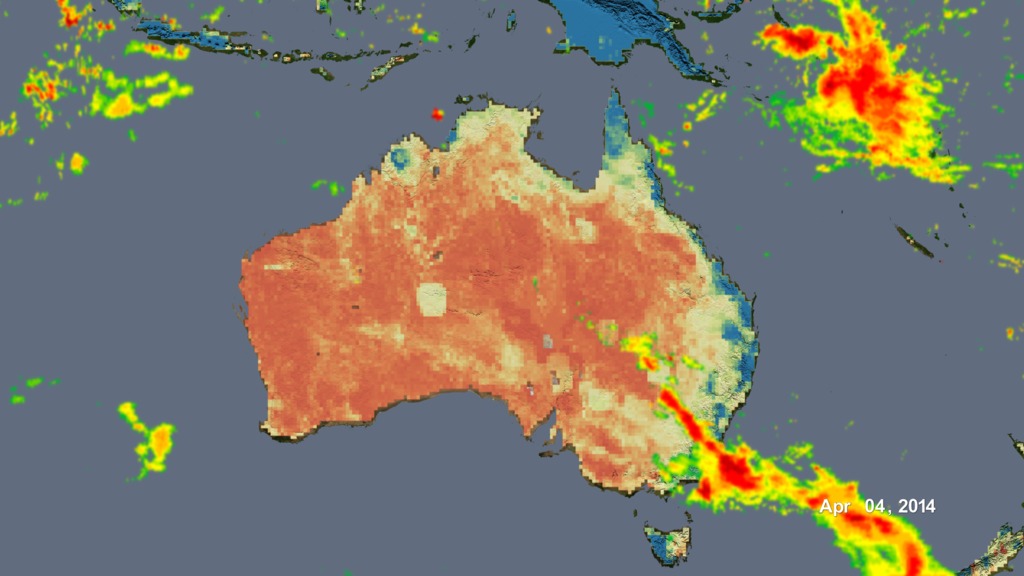NASA and Agriculture: From Seeds to Satellites
Complete transcript available.
NASA satellites, data, missions, and programs have been put to use for decades to strengthen food security, track droughts and flooding, determine plant and soil health and otherwise support agriculture decision making. With observations from space and aircraft, combined with high-end computer modeling, NASA works with partner agencies, organizations, farmers, ranchers, and decision makers to share our understanding of the relationship between the Earth system and the environments that provide us food. Working with local communities and decision makers to determine their needs and how they can best use Earth observation data, NASA supports those who address issues like water management for irrigation, crop-type identification and land use, coastal and lake water quality monitoring, drought preparedness, and famine early warnings.
Credits
Please give credit for this item to:
NASA's Scientific Visualization Studio
-
Producer
- Kathleen Gaeta (Advocates in Manpower Management, Inc.)
-
Writers
- Aries Keck (ADNET Systems, Inc.)
- Christopher Thorne (ADNET Systems, Inc.)
Series
This page can be found in the following series:Release date
This page was originally published on Thursday, March 10, 2022.
This page was last updated on Monday, March 3, 2025 at 12:46 AM EST.


![The U.S. Department of Agriculture tracks how many acres and the annual yield for every crop produced. One method used to estimate crop acreage and yield is remote-sensing data from the NASA-USGS Landsat satellite program. The program started in 1997,with North Dakota, and by 2008 covered the entire lower 48 states and the District of Columbia. Music: "Downloading Landscapes" by Andrew Michael Britton [PRS] and David Stephen Goldsmith [PRS]. Published by Atmosphere Music Ltd [PRS].Complete transcript available.Watch this video on the NASA Goddard YouTube channel.](/vis/a010000/a013400/a013417/13417_Landsat_Croplands_print.jpg)

